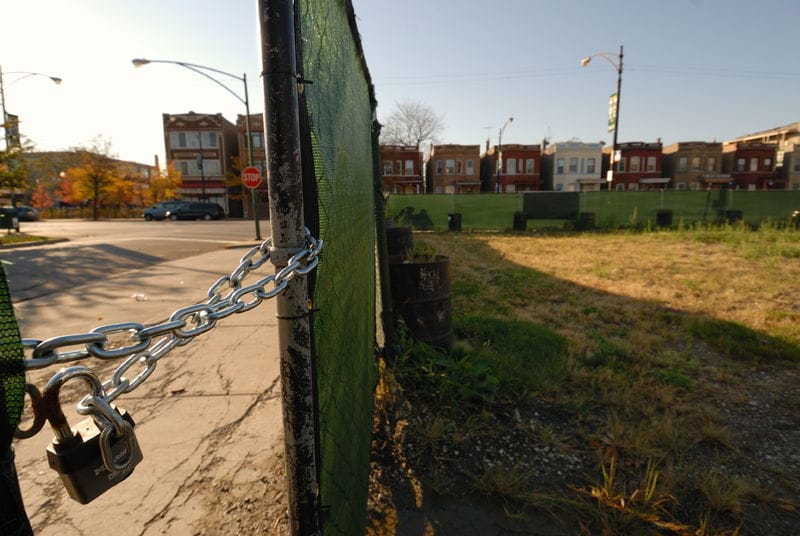Detroit is a city in flux. While large outward movement has left entire neighborhoods empty, the remaining residents have banded together into a tight-knit community. While the services provided by parks have never been more necessary, being strategic with city funds has become crucial. With 80% of the city’s population currently living within a 10-minute walk of a park, the city is carefully planning its climb to 100%.
Using ParkServe to analyze existing park deserts, the city realized that they would need to add around 40 new parks to close each park gap; a truly daunting task. However, while examining current 10-minute walk service areas, it was clear that many of the city’s existing parks were poorly placed.
“Some of the old parks are not serving too many people. The neighborhoods are empty because the city has changed so much,” recounts Juliana Fultan, Urban Parks Planner for the City of Detroit. “We are decommissioning parkland that is not serving residents and putting it in an area with more residents. When parkland was hard to find, it went into places that it shouldn’t have. Now we have more options.”
When analyzing a particular park access gap in ParkServe, the city noted that the area held a large decommissioned school. The closest park, Sirotkin Park, had largely fallen into disuse. It was a small, ½ acre park, and its odd wedge shape made visibility difficult, creating an unsafe feeling. Sirotkin was also surrounded by industrial uses, making the area feel abandoned.
After consulting with community members and finding that they were in favor of the move, the city made the bold decision to relocate the park, decommissioning Sirotkin and creating the new Pattengil Park on the site of the vacant school. Although the two park sites were close, Pattengil is in a residential area, meaning that the small move made a big difference when it came to park access. Using ParkServe ParkEvaluator tool the team determined that relocating the park would close the park gap, giving park access to over 1,000 new residents.
In addition to improving park access, the new site is also much larger. Based on community feedback, the city added a football field where a neighbor runs a youth football program, and has plans to build a walking path, playground, and picnic shelter. With the exception of the playground, none of these features would have fit in the old location.
Detroit is also using ParkServe to plan schoolyards. ParkServe’s schoolyard service areas have proved immensely helpful in this process. “We need 40 parks to get to 100%,” says Juliana. “Partnering with schools is the best option we have where there are no vacant lots. We are looking at ParkServe to decide on these schools.”
Juliana has found ParkServe’s ease of use and speed to be great assets when making decisions about park planning in a quickly changing city. “Instead of having a GIS team to do this stuff, anyone can log into ParkServe themselves and do this in 10 minutes. It is a great tool. You can do a lot of really complex work through it.”

